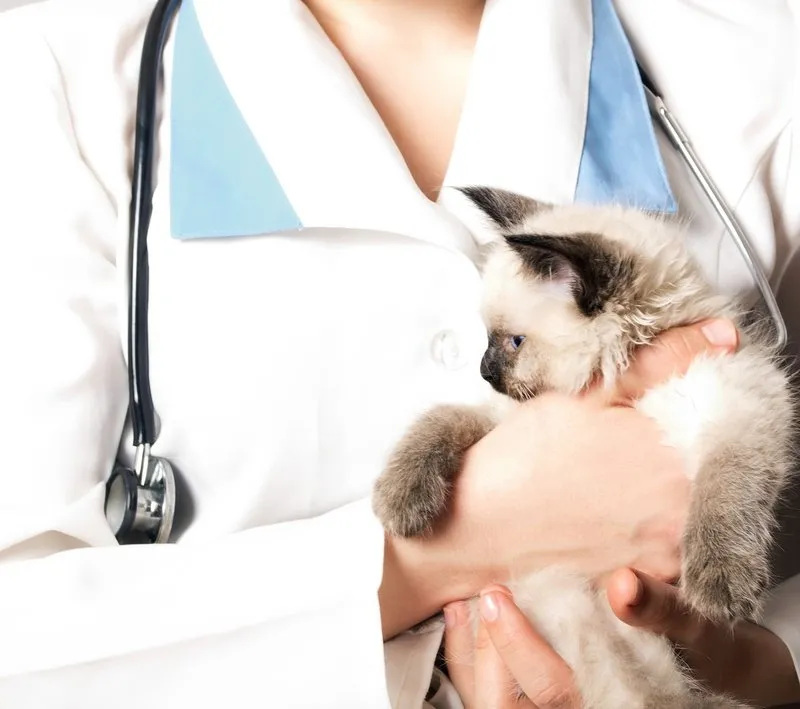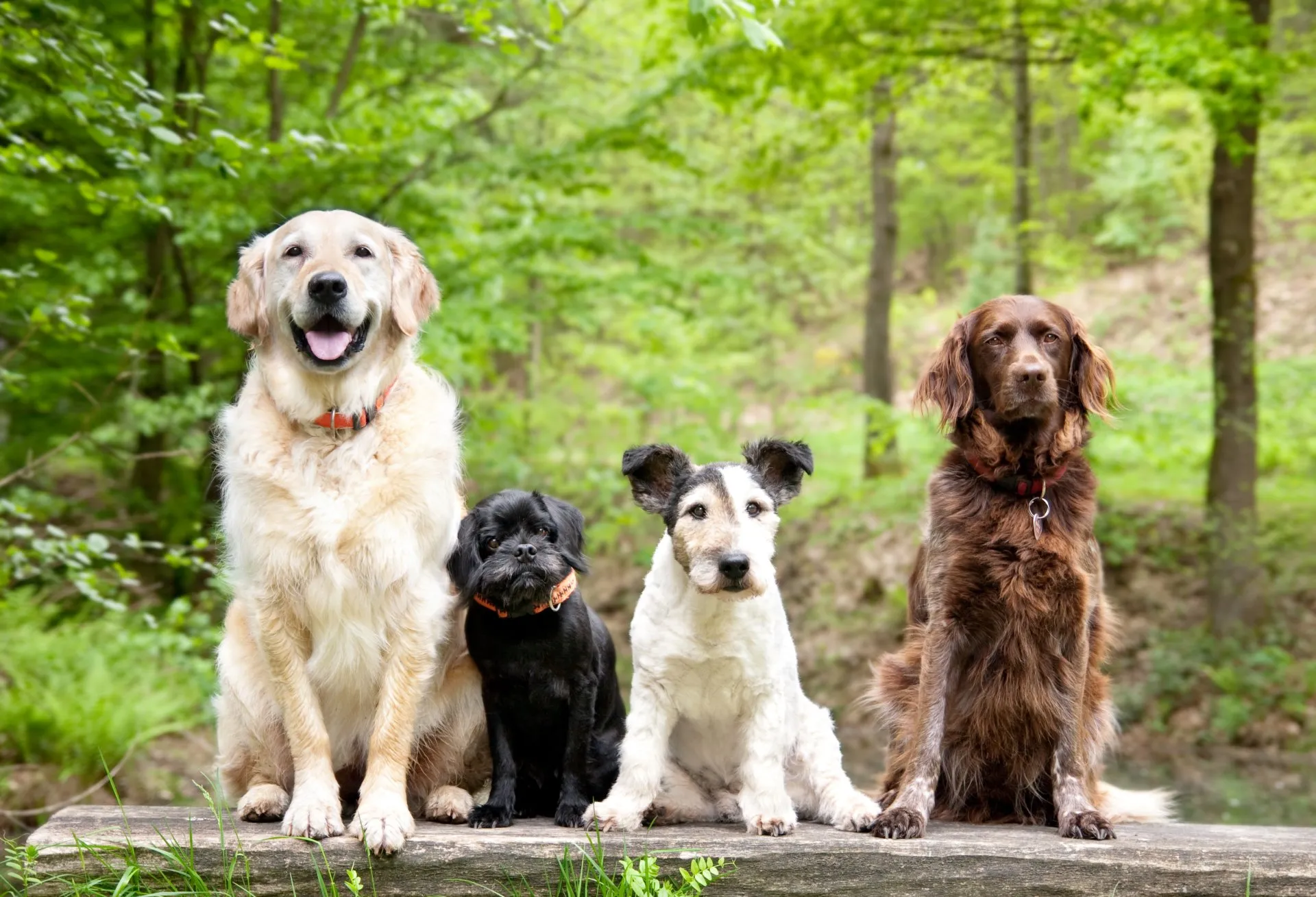Have you heard of cyanobacteria blooms? You may know cyanobacteria by its common name: blue-green algae. Cyanobacteria is an extremely dangerous algae that typically lives in warm, shallow, water, which tends to be rich in nutrients. It can make both people and pets very sick. It can grow rapidly, or bloom, under the right conditions. Unfortunately, these blooms are becoming much more common. A local veterinarian discusses cyanobacteria below.
Appearance
Blue-green algae often looks like pea soup or green paint. It can also cause a stinky, swampy odor. However, you can’t judge a lake by its cover. Smaller blooms can still be dangerous, even though they may not alter the look (or smell) of a lake or pond very much. It’s also worth noting that not all algae blooms are harmful. However, you can’t tell by looking at a lake whether it is or isn’t safe. Err on the side of caution here: if in doubt, just stay out!
Warning Signs
Blue-green algae blooms usually occur in summer and early fall. This is when we usually see them in the Great Lakes. However, blooms can happen whenever the water temperature goes over 75°F. Local authorities and newscasts often alert people when a body of water has been contaminated, and some will even post signs. However, it can be easy to miss these updates. This is definitely something you want to look into before taking Fido swimming!
Contamination
As mentioned above, blue-green algae is extremely toxic. You don’t have to drink contaminated water to get sick: you can also become ill through skin contact or by breathing in water droplets or vapors. This can happen when swimming, boating, or tubing. Cyanobacteria can also stick to pets’ fur, where they can later lick it off.
Pets
Blue-green algae can make any animal sick, but Fido is particularly at risk, as he loves to swim or splash around in water. Blue-green algae can cause very serious neurological problems and/or liver failure. Sadly, it can be fatal. Warning signs to look for include panting, respiratory problems, vomiting, diarrhea, dizziness/disorientation, seizures, and excessive drooling. If your canine buddy shows any of these things, call your veterinarian immediately. Our Veterinary Diagnostics can quickly and accurately assess your pet’s condition if you suspect exposure to blue-green algae or any other toxins, allowing for prompt and effective treatment.
Safety
As always, an ounce of prevention is worth more than a pound of cure. Be very careful when choosing Fido’s swimming holes! Also, don’t let your pup drink from lakes or ponds, especially ones with blue-green scum. While we’re on the topic of outdoor safety for dogs, it’s also important to be aware of potential risks in other environments. For more information on keeping your dog safe during outdoor activities, check out our article on Safety Tips For The Dog Park.
Do you have questions about pet care? Contact us, your animal clinic in Carlisle, ON, today!




!Social Media Icons